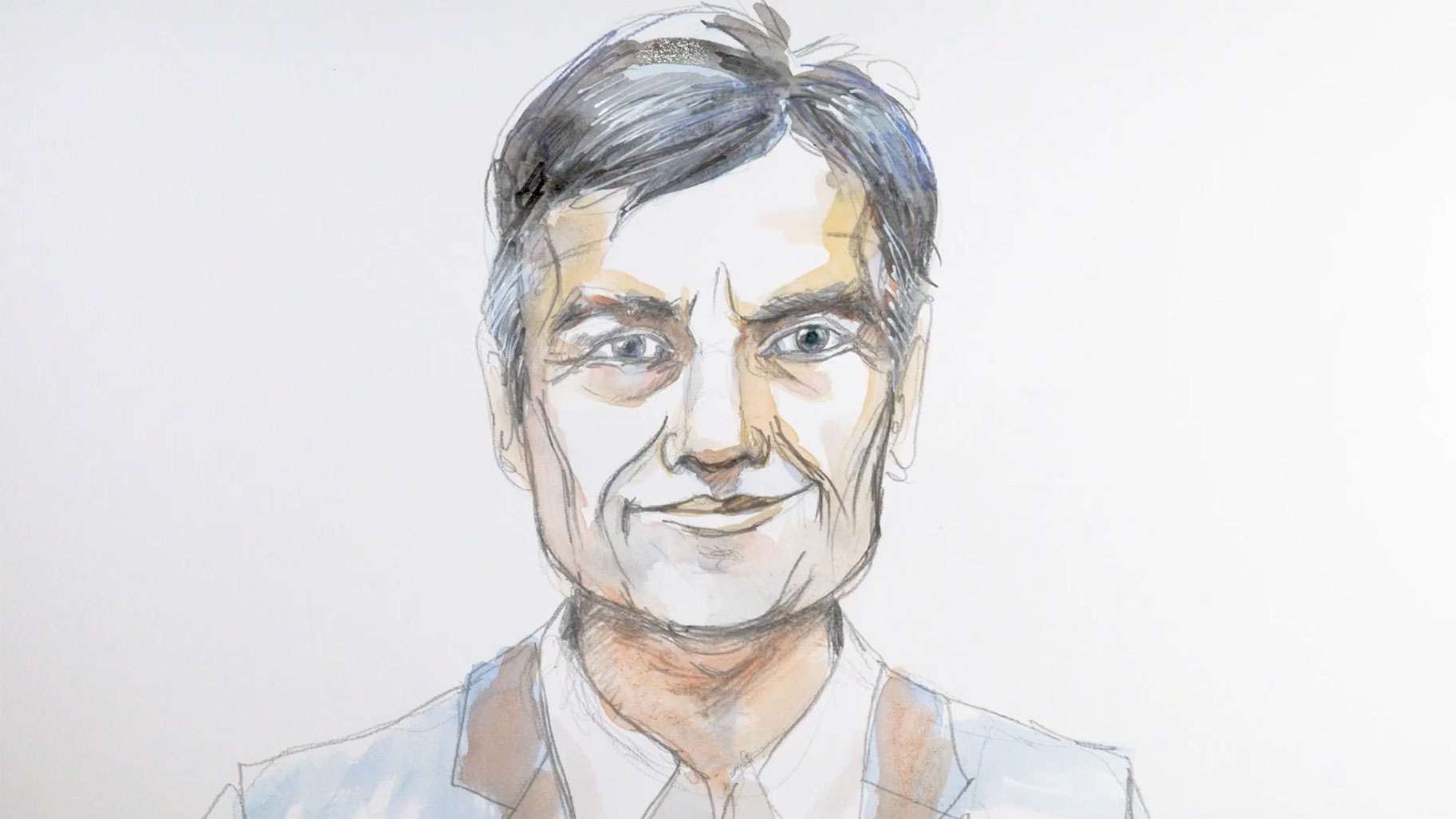Jean-Bernard Lasserre, a life of research in mathematics
Date:
Changed on 24/11/2021

Robotics, AI, computer science, control, signal processing and data… these are all key fields in digital technology with a multitude of applications in our everyday lives, and all share a common denominator: the use of mathematical tools, particularly optimization, a field to which Jean-Bernard Lasserre has devoted a major part of his life as a researcher. This distinguished scientist, CNRS Director Emeritus of Research at LAAS (Systems Analysis and Architecture Laboratory) and Toulouse Mathematics Institute, and holder of the "Polynomial Optimization" chair at the ANITI Institute has been awarded the Grand Prix Inria – Académie des Sciences in recognition of his outstanding career.
It all began in the 1970s. Freshly graduated in engineering from ENSIMAG (Grenoble), Jean-Bernard Lasserre began his national service as military scientist at Sup’Aéro in Toulouse. He then became a doctor-engineer following three years of research with LAAS, where he began working in applied mathematics and computer science, an emerging field at the time.
It was after an initial stint at the University of California, Berkeley, in the framework of a post-doctorate, that his scientific career took off. He made a decisive encounter with Pravin Varaiya, a brilliant researcher and professor of economics and control, who supported and encouraged his first works in mathematical optimization which, briefly described, is the search for solutions to maximise or minimise a given function.
Jean-Bernard Lasserre has worked for almost thirty years in this area, proposing conceptual links between various mathematical fields (functional analysis, algebraic geometry, Markovian decision processes and operational research), with instrumental collaborations (in particular with the Mexican mathematician Onésimo Hernandez-Lerma and later with the French researcher Didier Henrion), also contributing to the development of the optimization school of thought.
Verbatim
Throughout my career, I have been lucky to find myself in the right place at the right time, and to work with some of the best researchers
.
Auteur
Poste
Grand Prix Inria – Académie des sciences prize 2021
Mathematical optimization is core to numerous issues, particularly in industrial workflows (production, logistics or maintenance, etc.), but also in resource and network management (energy, distribution, telecommunications and transport, etc.).
How do you solve an optimization problem? The idea is to find the minimal value of a complex mathematical function. “Imagine you’re hiking in a rugged mountain range; the peaks are the maximal value of the function, the valleys the minimal value”, Jean-Bernard Lasserre explains. “Hikers knows from experience that they have reached a minimal value when in all surrounding directions, the trail climbs...but can they be sure they have reached the deepest valley (and thus the smallest minimal value)?” In global optimization, mathematicians look for the “global” minimal value, (the lowest point of the deepest valley) and not a “local” minimal value (the lowest point of another, less deep, valley).
“One of the contributions of my research has been to replace an initial problem which is very difficult to solve by a series of “convex” problems that are easier to solve, but which “increase” in size”, Jean-Bernard Lasserre explains. “I then showed that by gradually increasing the size of the “easy” problems, we draw closer to the initial “difficult” problem.” Although the “Lasserre Hierarchy” (as this approach is called) has become an operational tool used to solve a wide range of problems, in particular in the energy sectors (see insert), its use in artificial intelligence (e.g., in deep learning) remains challenging.
In this field, the famous artificial neural networks which are widely used in machine learning techniques draw on mathematical functions with a large number of parameters. The “learning” phase (which consists, for example, in asking the network to analyse millions of images in order to then automatically recognise an object, animal or landscape, etc.) involves mathematical optimization. “My current studies, led in the framework of the ANITI artificial intelligence chair, are not aimed at replacing neural networks with the most effective optimization algorithms”, Jean-Bernard Lasserre explains. “But, they are particularly suited, for example, to assessing and analysing a posteriori the robustness and reliability of the predictions made by these networks. This has become a key issue for certain applications. In another area of research, we want to popularise the Christoffel function (which is well known in approximation theory) as a simple, easy-to-use tool in certain data processing applications (e.g., to detect outliers and inference)”.
Researchers are sometimes faced with another challenge: demonstrating that a mathematical tool that is effective in one domain can be successfully applied to another, for which there are already well-established methods. “To prove our point, we work in collaboration with academic or industrial experts (such as RTE). Together, we study one or more representative cases and compare the strengths and weaknesses of different approaches”, says Jean-Bernard Lasserre.
Scientific innovation often emerges from such collaborations between researchers from various backgrounds, but also from their high degree of intellectual freedom. It is perhaps for this reason that Jean-Bernard Lasserre is currently looking to new horizons, such as Australia, which he plans to explore during his next holidays.
“One of the most complex questions is the “optimization of power flows” in large-scale energy networks. The aim is to plan the production and distribution of electricity power flows for covering, at minimal cost, energy consumption at different network points and in given periods. The complexity of this optimization problem lies in the vast number of sources, users and distribution circuits, in addition to major variations in production and consumption.”